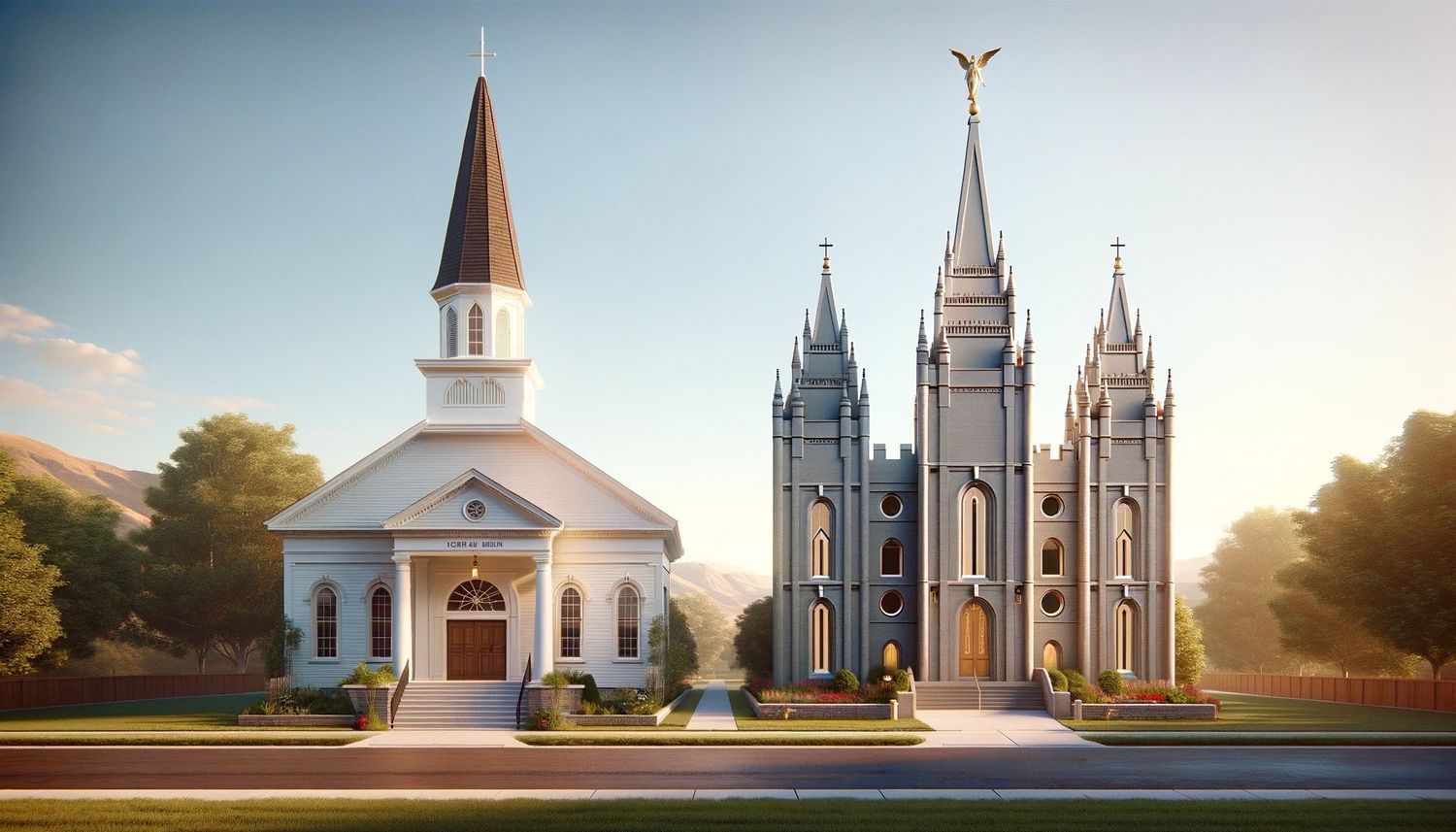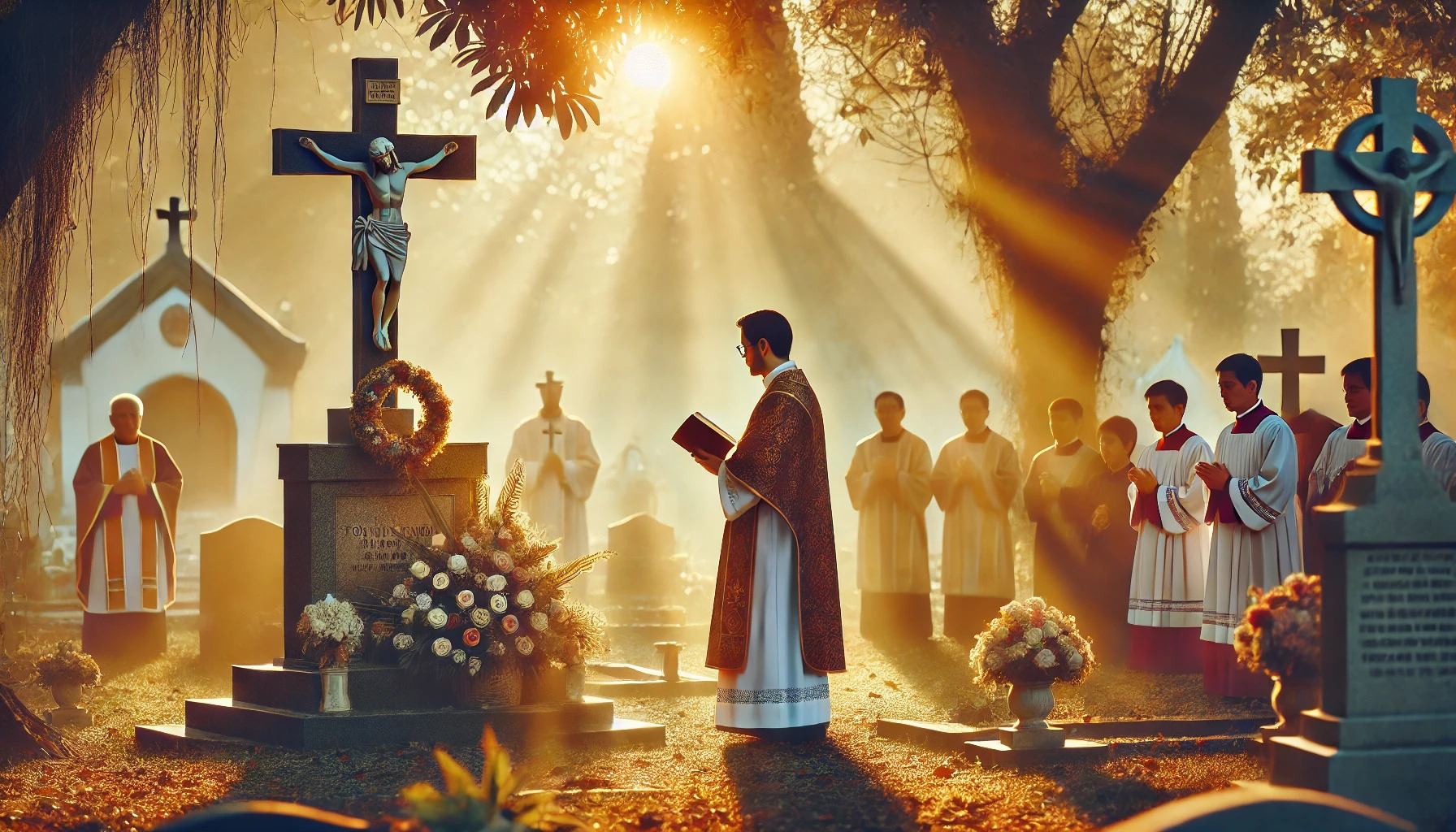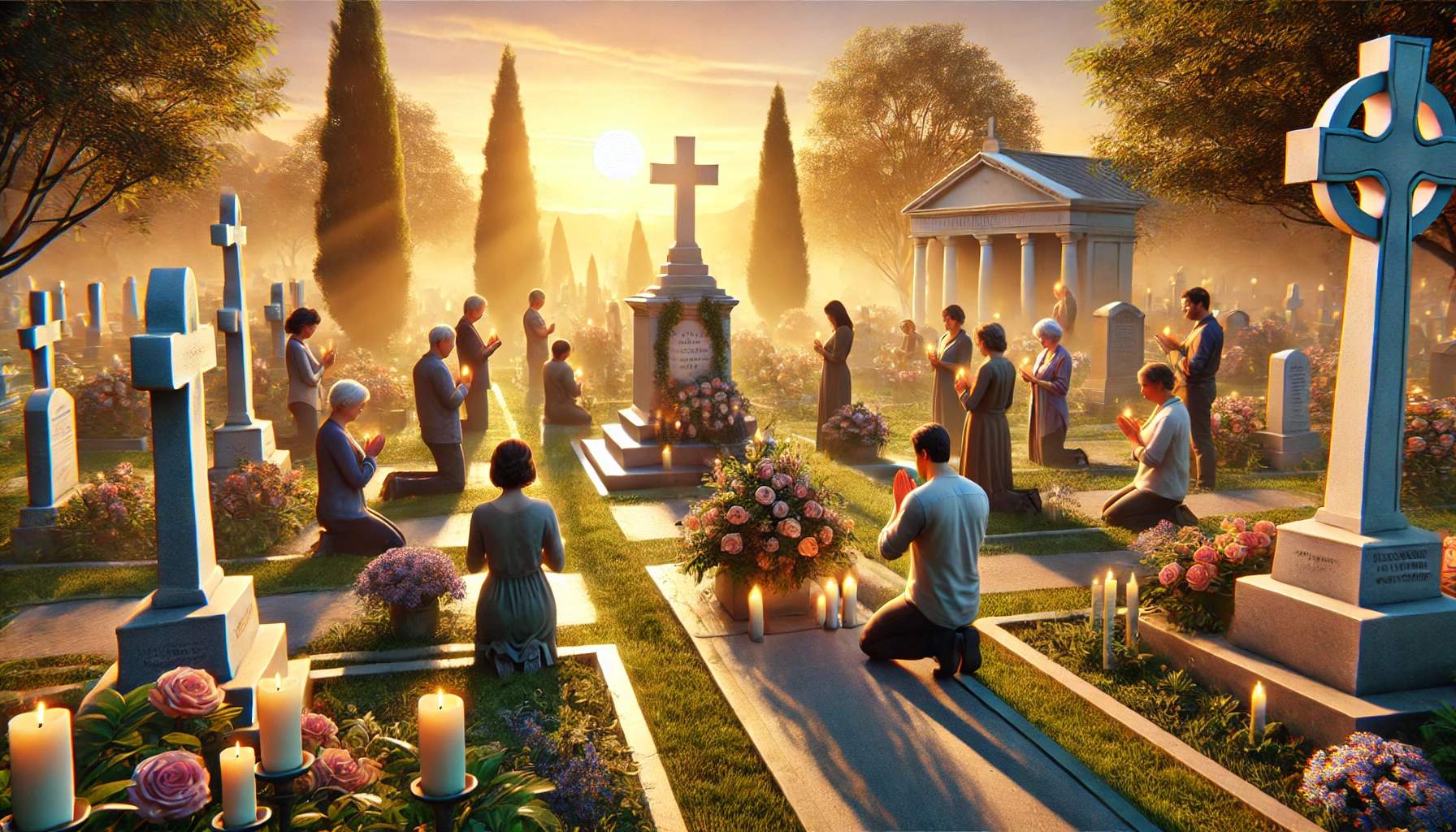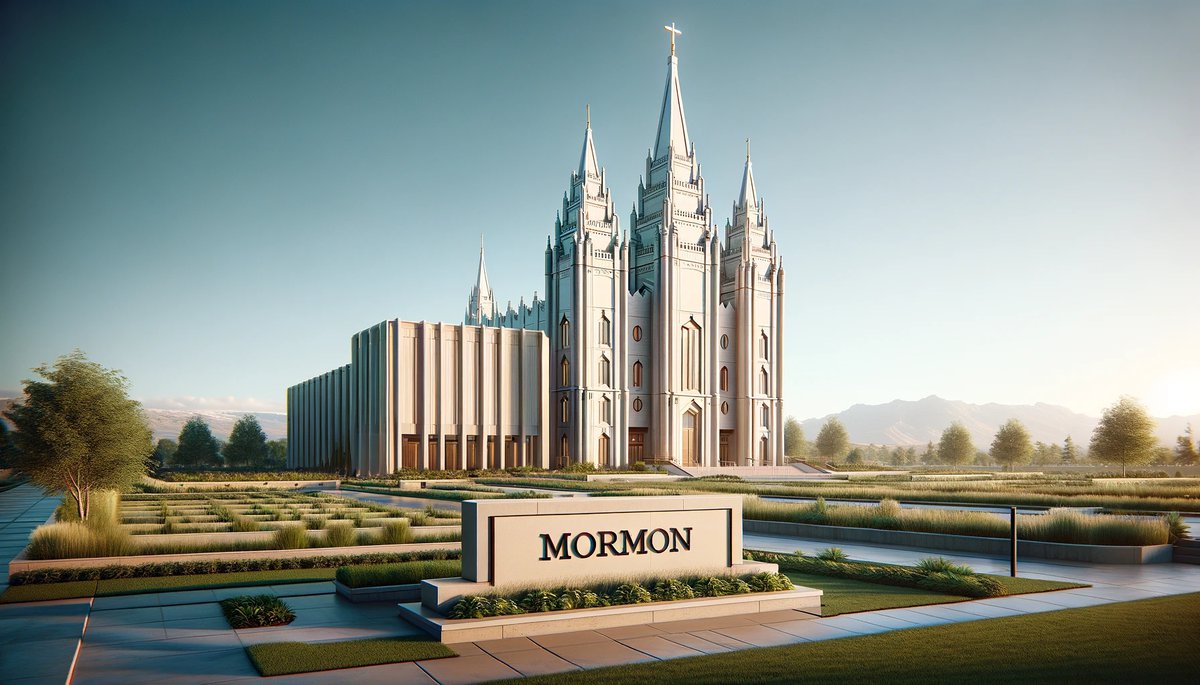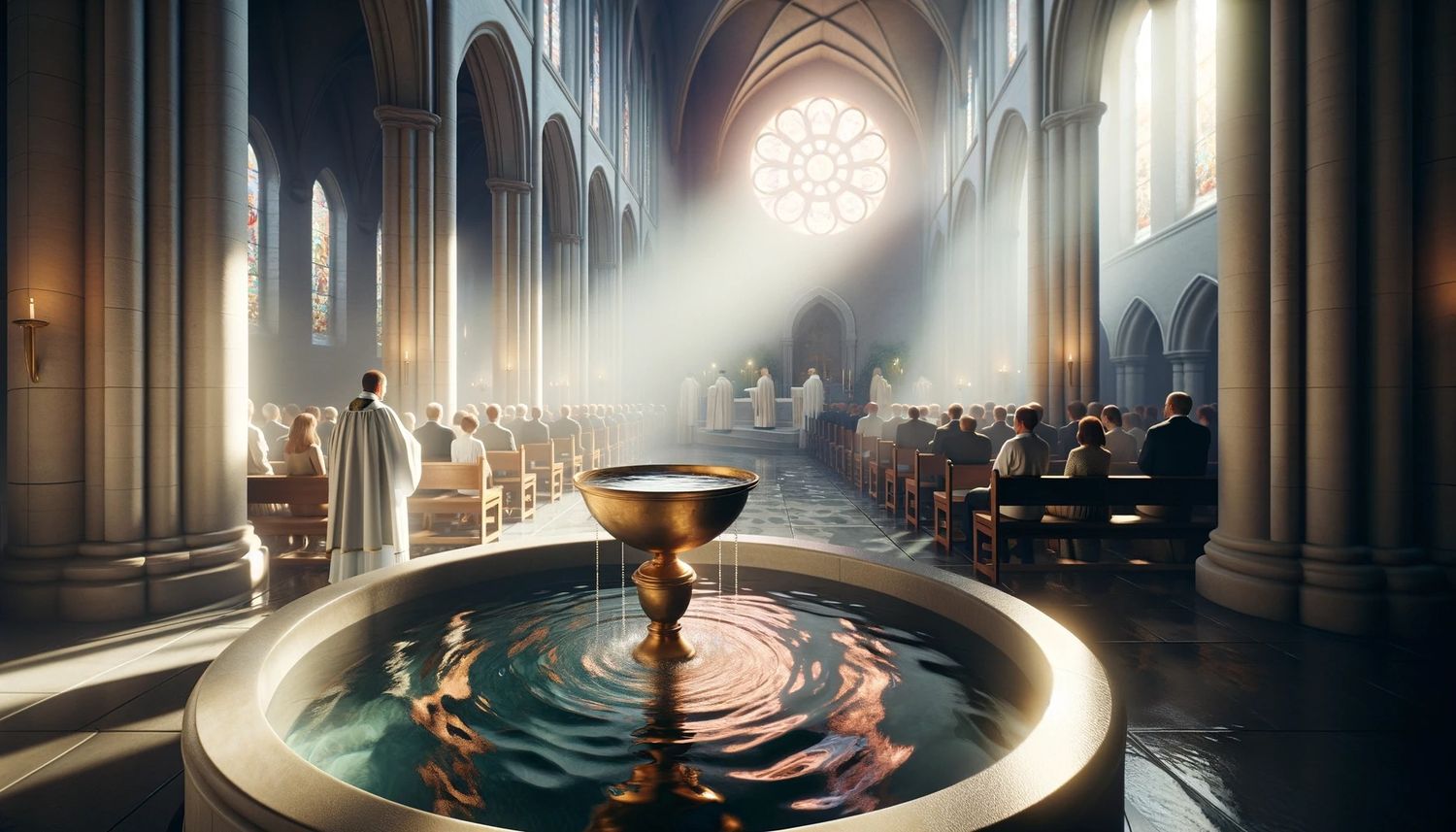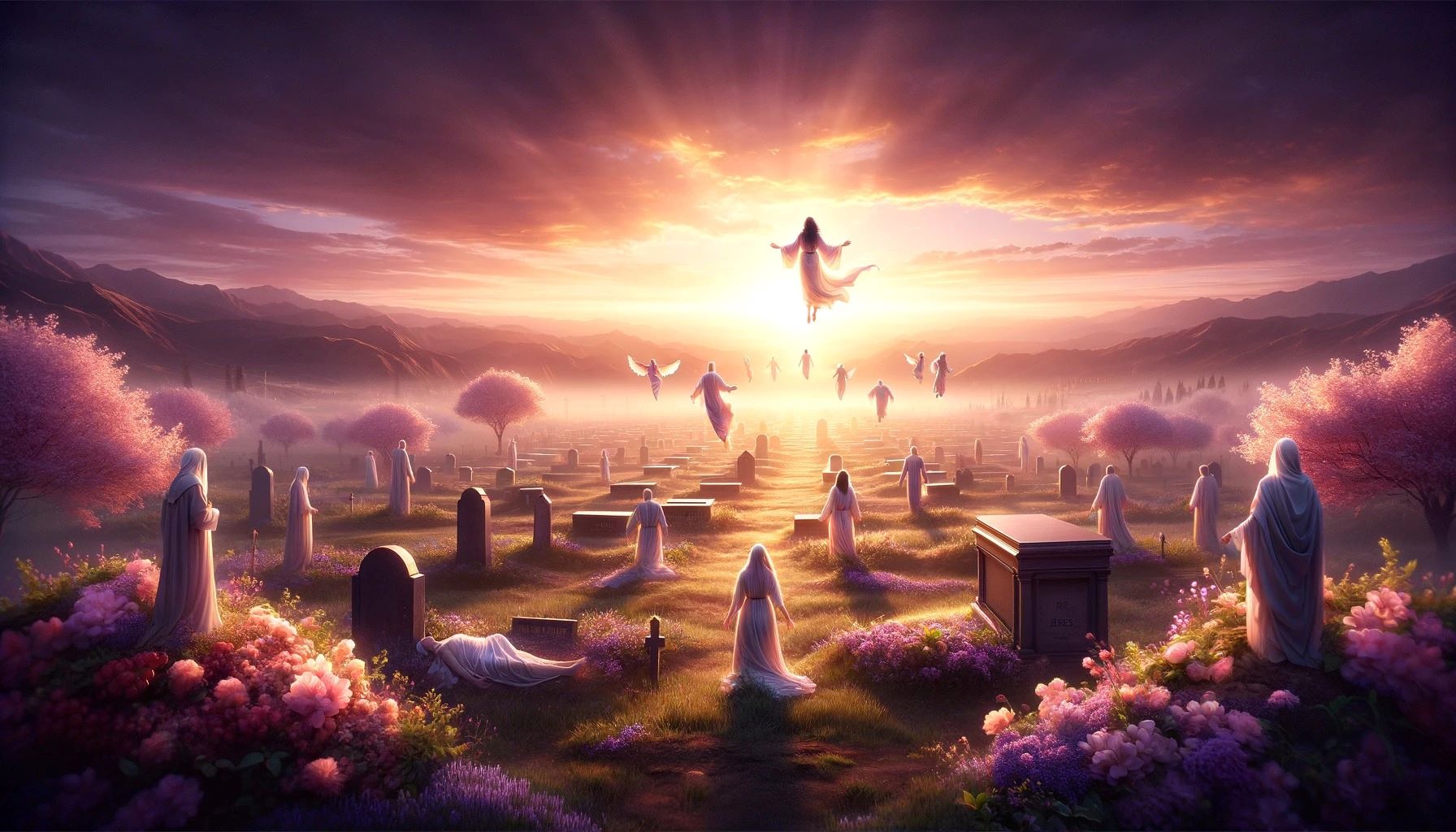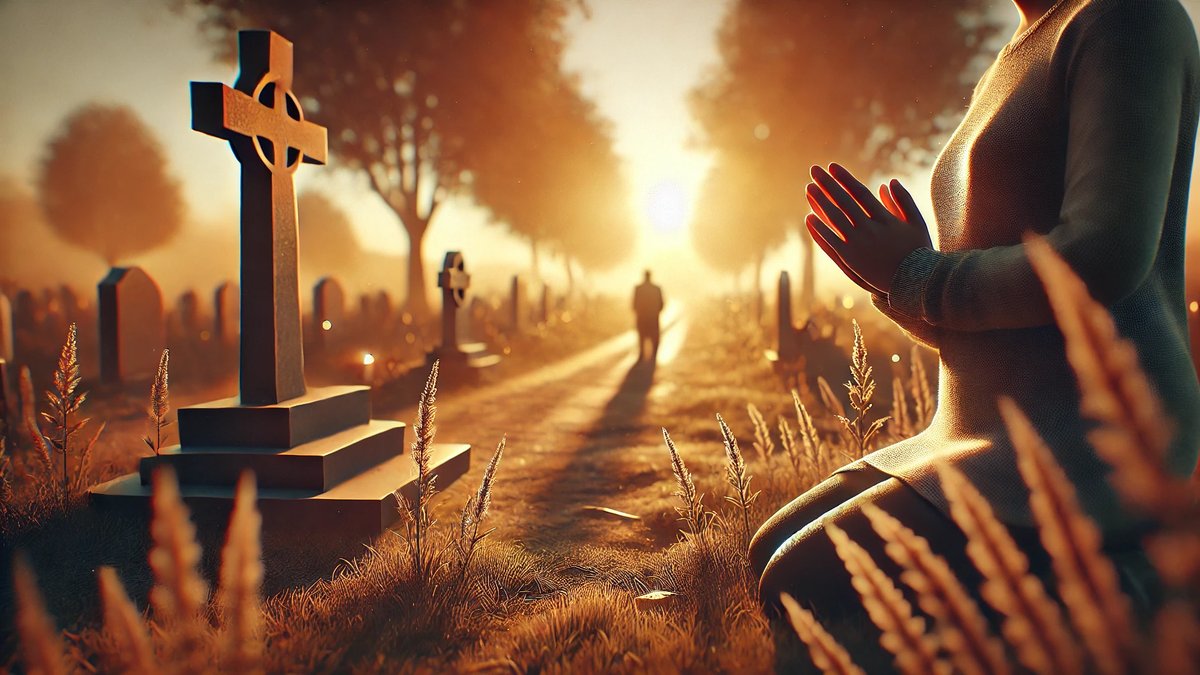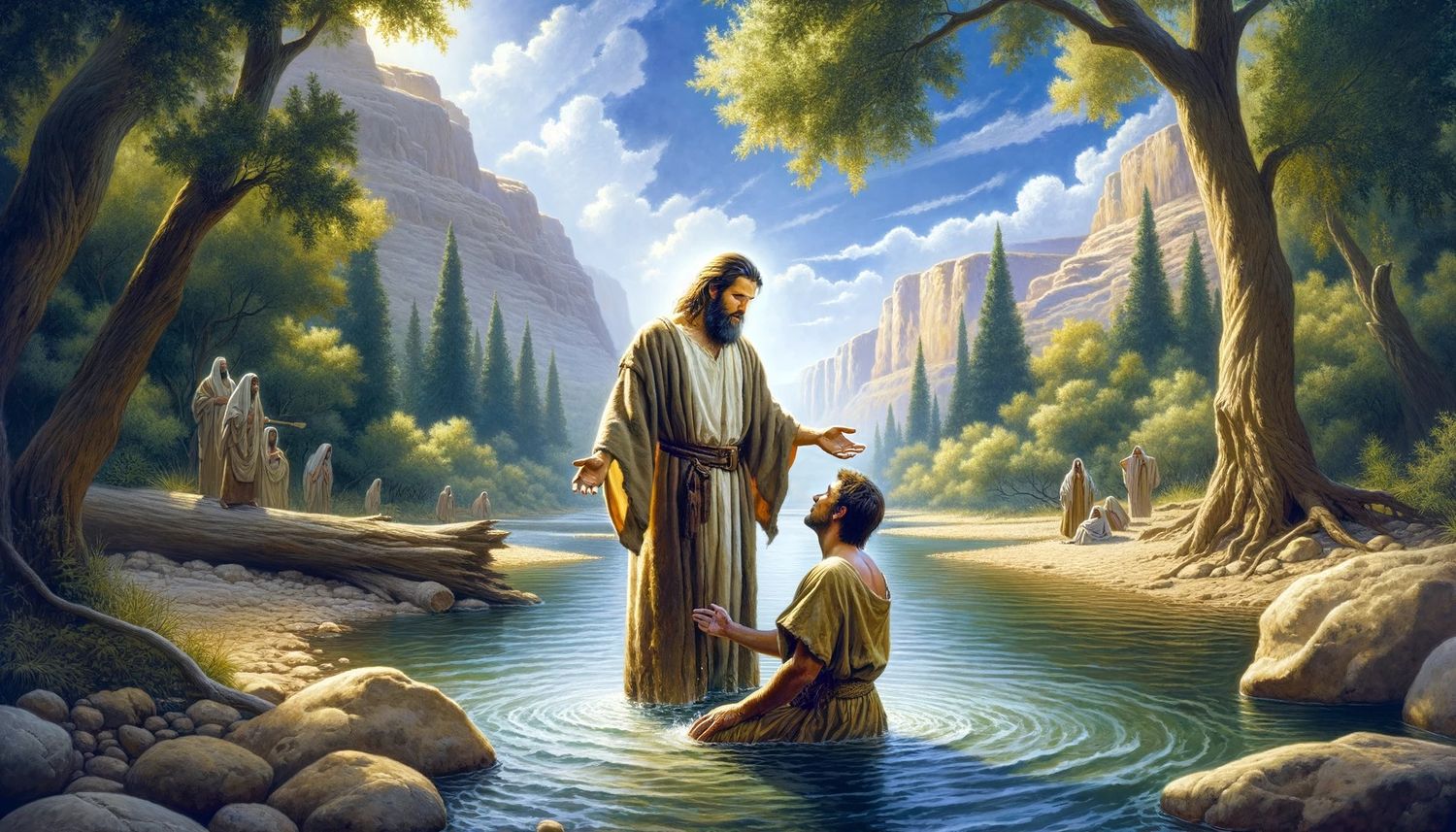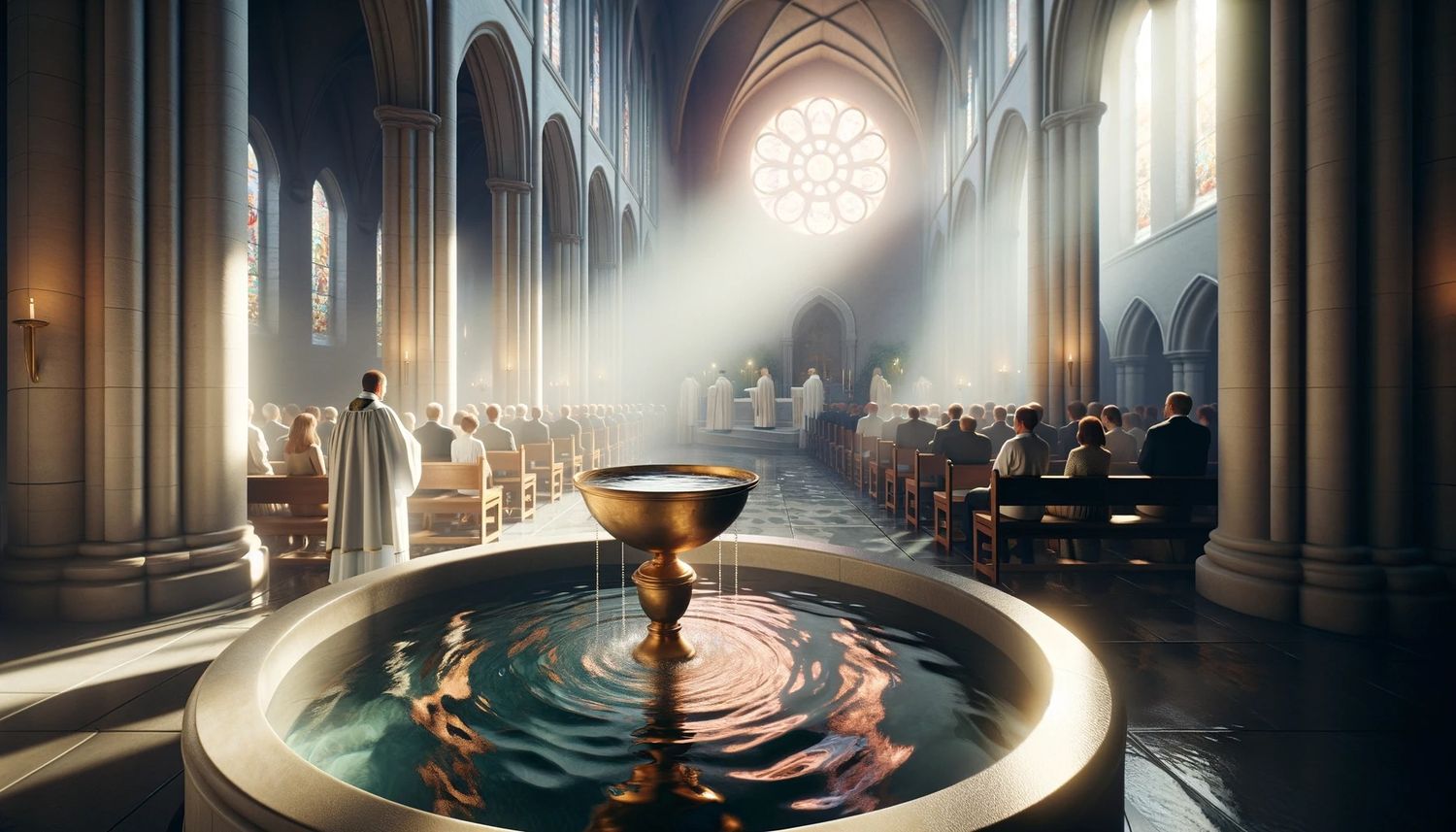Home>Theology and Spirituality>What Is Mormon Baptism Of The Dead
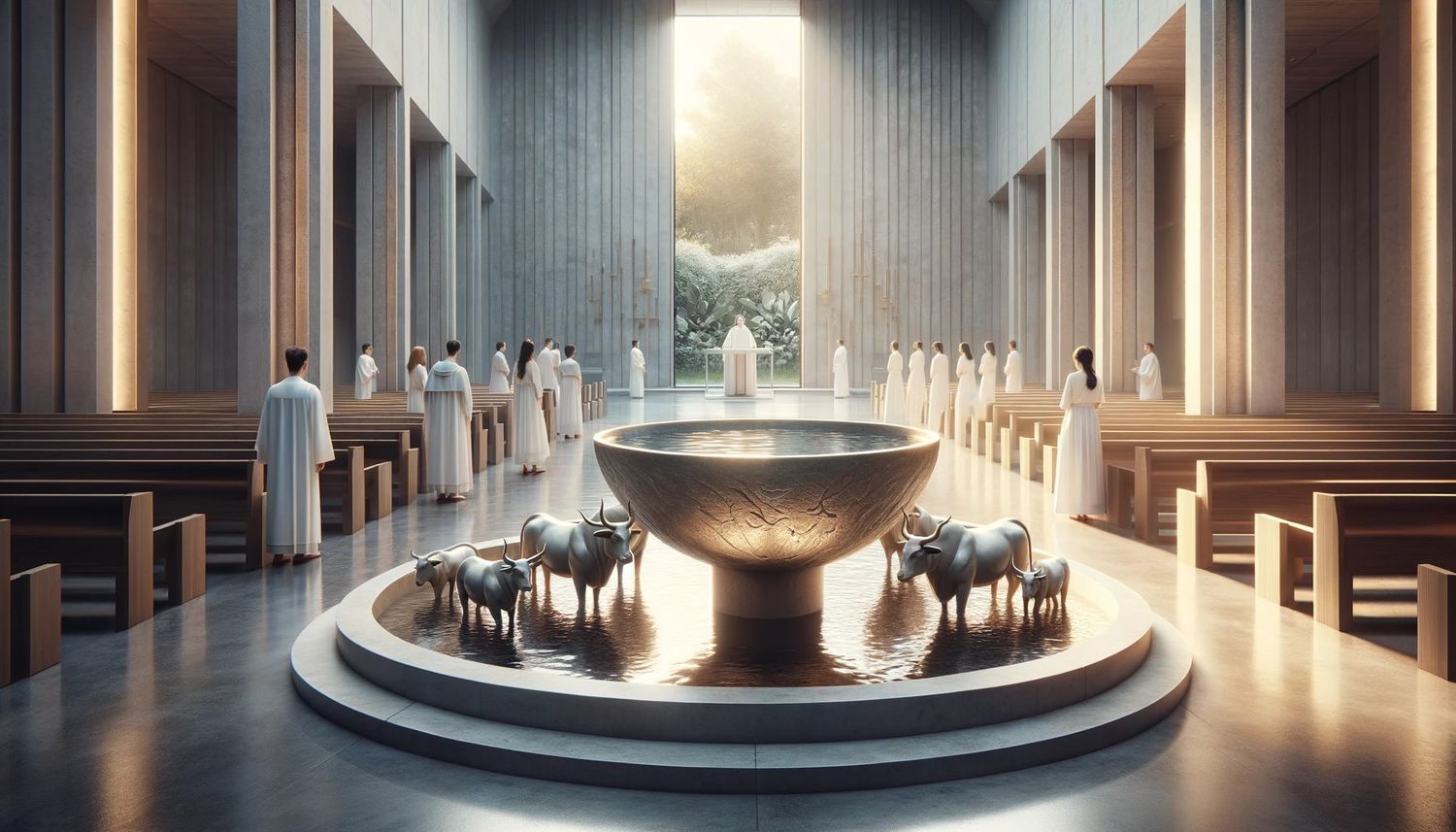

Theology and Spirituality
What Is Mormon Baptism Of The Dead
Published: February 29, 2024
Peter Smith, Editorial Director at Christian.net, combines deep insights into faith, politics, and culture to lead content creation that resonates widely. Awarded for his contributions to religious discourse, he previously headed a major organization for religious communicators, enhancing dialogue on faith's societal impacts.
Learn about the Mormon practice of baptism for the dead and its significance in theology and spirituality. Understand the beliefs and rituals behind this unique religious tradition.
(Many of the links in this article redirect to a specific reviewed product. Your purchase of these products through affiliate links helps to generate commission for Christian.net, at no extra cost. Learn more)
Table of Contents
Introduction
What is Mormon baptism for the dead? This unique practice is a significant aspect of the beliefs and rituals of The Church of Jesus Christ of Latter-day Saints (LDS Church). It involves the performance of baptism on behalf of deceased individuals who did not have the opportunity to be baptized during their lifetime. This practice is rooted in the Mormon belief that baptism is essential for salvation and that individuals who have passed away can still receive the blessings of baptism through the vicarious performance of the ordinance by living members of the LDS Church. In this article, we will delve into the belief, practice, controversies, and significance of Mormon baptism for the dead.
Read more: What Is Mormon Baptism
The Belief in Baptism for the Dead
The belief in baptism for the dead is rooted in the Mormon doctrine that baptism is essential for salvation. According to Mormon teachings, baptism serves as a symbolic ritual through which individuals make covenants with God and begin their journey of discipleship. However, the LDS Church also recognizes that not everyone has the opportunity to be baptized during their lifetime. This belief is based on the interpretation of a passage from the New Testament book of 1 Corinthians 15:29, which mentions the practice of baptizing on behalf of the dead. Mormons interpret this passage as evidence that the early Christian church practiced baptism for the dead, and they believe that this practice was restored through the prophet Joseph Smith in the latter days. As a result, Mormons believe that individuals who have died without being baptized can still receive the blessings of baptism through the vicarious performance of the ordinance by living members of the LDS Church.
- This belief is based on the interpretation of a passage from the New Testament book of 1 Corinthians 15:29.
- Mormons believe that the early Christian church practiced baptism for the dead.
- They believe that this practice was restored through the prophet Joseph Smith in the latter days.
- Individuals who have died without being baptized can still receive the blessings of baptism through the vicarious performance of the ordinance by living members of the LDS Church.
The Practice of Mormon Baptism for the Dead
The practice of Mormon baptism for the dead involves the performance of baptism by proxy on behalf of deceased individuals. This process takes place in temples, which are considered sacred spaces in Mormonism. Before a baptism for the dead can be performed, individuals who are living members of the LDS Church must obtain a proxy baptismal ordinance card, which contains the name of the deceased individual for whom the baptism is being performed. The individual acting as the proxy then enters the baptismal font and is immersed in water while the ordinance is performed in the name of the deceased person. The proxy is baptized as if they were the deceased individual, and the ordinance is conducted with the same words and actions as a regular baptism. After the baptism for the dead is completed, the name of the deceased individual is recorded, and it is believed that they have the opportunity to accept or reject the ordinance in the afterlife.
- The practice takes place in temples, considered sacred spaces in Mormonism.
- Living members of the LDS Church must obtain a proxy baptismal ordinance card containing the name of the deceased individual.
- The proxy is baptized as if they were the deceased individual, with the same words and actions as a regular baptism.
- After the baptism for the dead is completed, the name of the deceased individual is recorded, and it is believed that they have the opportunity to accept or reject the ordinance in the afterlife.
Controversies Surrounding Mormon Baptism for the Dead
The practice of Mormon baptism for the dead has been a subject of controversy and debate, particularly in relation to the LDS Church's posthumous baptism of Holocaust victims and other non-Mormons. This controversy stems from the fact that the LDS Church has conducted proxy baptisms for individuals who were not members of the faith during their lifetime. This has led to concerns and objections from various groups, including Jewish organizations and other religious denominations. The controversy surrounding the baptism of Holocaust victims has been particularly sensitive, as it is seen as an infringement upon the religious identity and dignity of those who perished in the Holocaust. Critics argue that the LDS Church's practice of baptizing non-Mormons posthumously is disrespectful and disregards the beliefs and wishes of the deceased and their living descendants. In response to these controversies, the LDS Church has implemented measures to prevent the proxy baptism of Holocaust victims and other non-Mormons, including the removal of names from the proxy baptismal ordinance database and the establishment of stricter guidelines for the submission of names for proxy baptisms.
- The controversy stems from the LDS Church's posthumous baptism of Holocaust victims and other non-Mormons.
- Concerns and objections have been raised by Jewish organizations and other religious denominations.
- Critics argue that the practice is disrespectful and disregards the beliefs and wishes of the deceased and their living descendants.
- The LDS Church has implemented measures to prevent the proxy baptism of Holocaust victims and other non-Mormons, including the removal of names from the proxy baptismal ordinance database and the establishment of stricter guidelines for the submission of names for proxy baptisms.
Understanding the Significance of Baptism for the Dead in Mormonism
The significance of baptism for the dead in Mormonism is deeply rooted in the belief that individuals who have passed away without the opportunity for baptism during their lifetime can still receive the blessings of this essential ordinance. According to Mormon doctrine, baptism is a pivotal step in the journey towards salvation and eternal life. It is viewed as a sacred covenant with God, symbolizing the remission of sins and the commitment to follow the teachings of Jesus Christ. In the context of baptism for the dead, Mormons believe that this ordinance provides an opportunity for deceased individuals to accept the gospel and its ordinances in the afterlife. This belief reflects the Mormon conviction in the continuity of life beyond death and the opportunity for individuals to progress spiritually even after their earthly existence. The practice of baptism for the dead is seen as an expression of love and compassion towards those who have passed away, offering them the chance to embrace the blessings of the gospel and participate in the plan of salvation.
The significance of baptism for the dead also underscores the interconnectedness of families across generations in Mormon theology. Mormons believe in the eternal nature of family relationships and the importance of uniting generations through sacred ordinances. The performance of baptism for the dead is regarded as a way to connect living individuals with their ancestors and ensure that the blessings of the gospel are made available to all, regardless of when they lived on earth. This emphasis on family ties and intergenerational unity reflects the Mormon belief in the eternal nature of familial bonds and the potential for continued progression and growth beyond the grave. The practice of baptism for the dead is thus seen as a manifestation of the LDS Church's commitment to honoring and preserving the spiritual welfare of all individuals, both living and deceased, within the context of their familial connections.
Moreover, the significance of baptism for the dead in Mormonism extends to the concept of vicarious service and compassion. The act of performing baptisms for deceased individuals is viewed as a selfless and compassionate service, embodying the principle of love and concern for others. It reflects the Mormon emphasis on the value of serving and uplifting one another, even beyond the boundaries of mortality. The practice of baptism for the dead exemplifies the belief in the interconnectedness of humanity and the responsibility to extend the blessings of the gospel to all, irrespective of their earthly circumstances. It underscores the Mormon commitment to embodying the teachings of Jesus Christ through acts of kindness, empathy, and spiritual care for both the living and the departed.
In essence, the significance of baptism for the dead in Mormonism encompasses the belief in the continuity of spiritual progression, the eternal nature of family relationships, and the practice of vicarious service and compassion. It reflects the core tenets of Mormon theology, emphasizing the universal accessibility of the gospel's blessings and the interconnectedness of all individuals across time and space. The practice of baptism for the dead is thus regarded as a profound expression of faith, love, and commitment to the spiritual welfare of all, embodying the enduring principles of Mormonism.
Read more: What Is Baptism Of The Dead
Conclusion
In conclusion, Mormon baptism for the dead is a practice deeply rooted in the beliefs and doctrines of The Church of Jesus Christ of Latter-day Saints. It reflects the Mormon conviction in the essential nature of baptism for salvation and the opportunity for deceased individuals to receive the blessings of this ordinance through vicarious performance by living members of the LDS Church. The practice, while significant within Mormon theology, has also been the subject of controversy and debate, particularly in relation to the posthumous baptism of non-Mormons. However, the LDS Church has taken measures to address these concerns and uphold the dignity of individuals from diverse backgrounds.
The significance of baptism for the dead in Mormonism extends beyond the theological realm, encompassing the interconnectedness of families across generations, the principle of vicarious service and compassion, and the universal accessibility of the gospel's blessings. It serves as a testament to the enduring commitment of the LDS Church to honor and preserve the spiritual welfare of all individuals, both living and deceased, within the context of their familial connections. Overall, Mormon baptism for the dead stands as a profound expression of faith, love, and the enduring principles of Mormonism.

